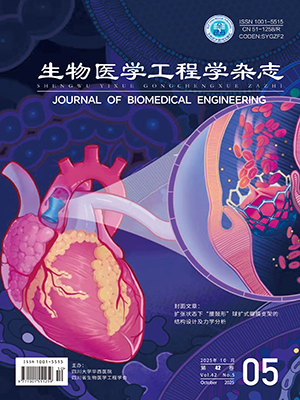This study aims to propose a multifrequency time-difference algorithm using spectral constraints. Based on the knowledge of tissue spectrum in the imaging domain, the fraction model was used in conjunction with the finite element method (FEM) to approximate a conductivity distribution. Then a frequency independent parameter (volume or area fraction change) was reconstructed which made it possible to simultaneously employ multifrequency time-difference boundary voltage data and then reduce the degrees of freedom of the reconstruction problem. Furthermore, this will alleviate the illness of the EIT inverse problem and lead to a better reconstruction result. The numerical validation results suggested that the proposed time-difference fraction reconstruction algorithm behaved better than traditional damped least squares algorithm (DLS) especially in the noise suppression capability. Moreover, under the condition of low signal-to-noise ratio, the proposed algorithm had a more obvious advantage in reconstructions of targets shape and position. This algorithm provides an efficient way to simultaneously utilize multifrequency measurement data for time-difference EIT, and leads to a more accurate reconstruction result. It may show us a new direction for the development of time-difference EIT algorithms in the case that the tissue spectrums are known.
Citation: CAO Lu, YANG Bin, LI Haoting, LIU Xuechao, LIU Benyuan, XU Canhua, LIU Ruigang, FU Feng. A multifrequency time-difference electrical impedance tomography algorithm using spectral constraints. Journal of Biomedical Engineering, 2020, 37(1): 80-86. doi: 10.7507/1001-5515.201901018 Copy
Copyright © the editorial department of Journal of Biomedical Engineering of West China Medical Publisher. All rights reserved




